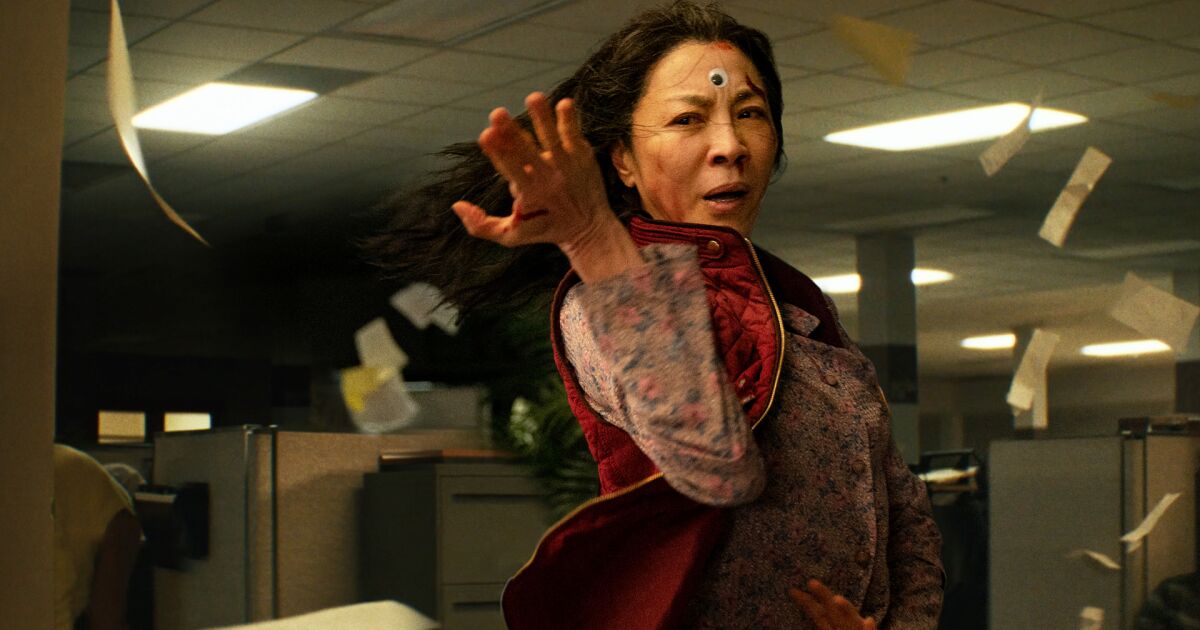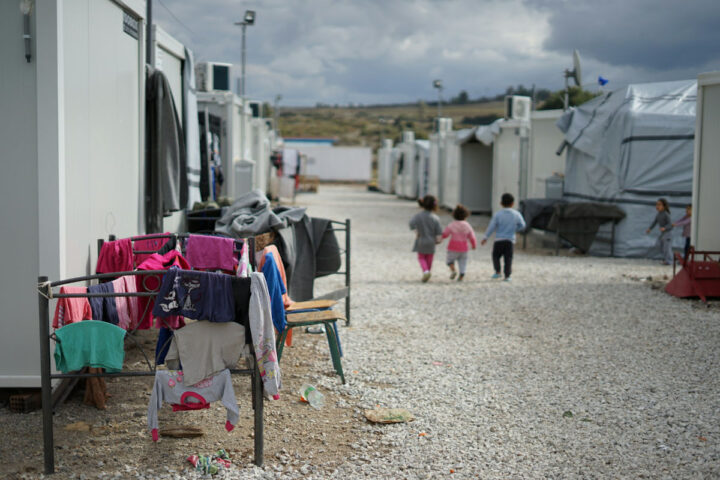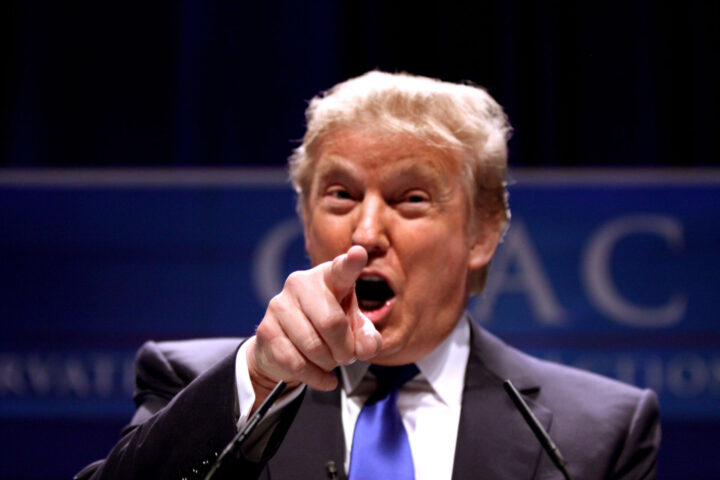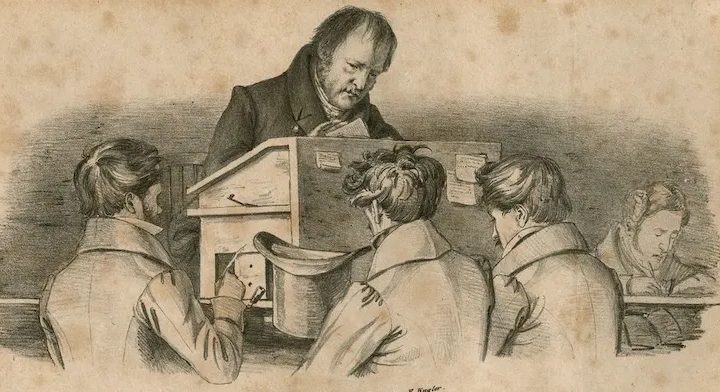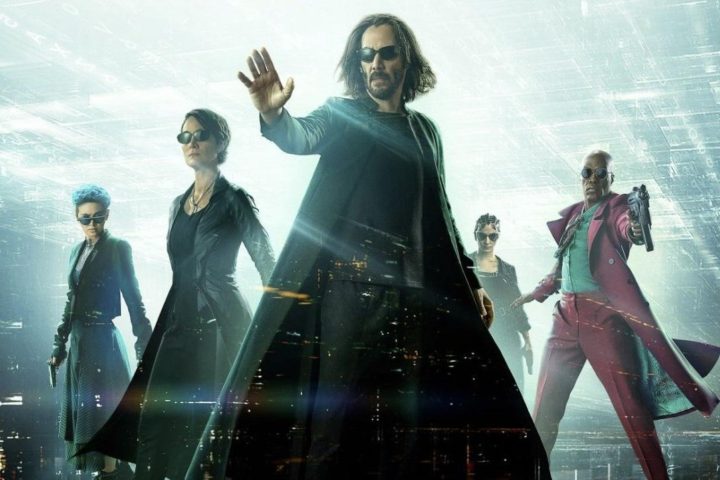Kiki Tianqi Yu, Queen Mary University of London
Warning: the following article contains spoilers for Everything, Everywhere, All At Once.
Having enlisted an old friend to babysit our little girls, my husband and I hopped on the bus to see Everything, Everywhere, All at Once as our almost once-in-a-year date film.
In the cinema, I started to wonder: why on earth I am watching another Chinese woman’s distressing life as she copes with all the sorts of relationships, from family to work, which I have only managed to escape myself for a few hours?
The film centres on a Chinese family – headed by the mother, Evelyn, played by Michelle Yeoh – who run a laundrette in a North American town. The family are facing audit questioning, while at the same time, a divorce paper is raised, a never satisfied, ageing father is visiting and the daughter (Stephanie Hsu) is seeking approval for her same-sex relationship.
Evelyn – who must shoulder all this grief and tension – then finds herself at the centre of multiverse-spanning battle.
Multiverse aside, it was all painfully familiar. The quiet confrontation between mothers and daughters (which I now experience from both sides), the recognition you cry for from your parents, the desire for romance when love has been worn out by familial obligation, the small migrant family business looking for tax legitimisation from white authorities. The chaos in life when there is rarely a moment that is not everything, everywhere, all at once.
The film smoothly blends various genres together: family drama, sci-fi, comedy, romance, martial arts. The 1990s Hong Kong mo lei tau comedy is an influence that cannot be ignored. A popular subculture unique to the island’s colonial past and cultural melding, mo lei tau clashes unrelated elements together to achieve nonsensical comedy. This genre meld successfully holds the film’s philosophy together.
Daoist spontaneity, qi
Everything, Everywhere, All at Once invokes Daoist philosophy. An ancient Chinese school of thought that pursues balance and harmony, Daoism is significantly valuable for negation and chaos.
Dao – regarded in Chinese cosmology as the source of everything – is empty and still, but generates vital energy, known as qi, literally meaning “breath”, or “air”. As qi swirls in a seeming state of chaos, it is directed by the correlative forces of yin yang, which passes through everything. Hence nothing is still or stable and everything is in constant transformation.
Everything, Everywhere, All At Once’s story flows, seemingly spontaneously, between various universes. Though they appear to be chaotic, they are governed by the yin yang flow of qi. An action or a conversation from one universe spontaneously feeds into another. The Daniels (directors Daniel Kwan and Daniel Scheinert) master this Tai chi-style interplay excellently.
The film also “breathes” smoothly. This is down to its witty, innovative script, but also excellent editing, music and production design for which the film received Oscar wins and nominations.
The qi of the characters achieves balance as they flow across various universes and realise their multifaceted selves. The seemingly weak husband (Ke Huy Quan, who won an Oscar for his performance) becomes a skilled super agent. The dull, tired and wary wife becomes a film star. The aimless lesbian daughter becomes a tribe leader on the bagel planet. The serious, scary audit agent (Jamie Lee Curtis) becomes a tender, caring lover in the sausage finger land.
Universes connected by the ‘oneness’
Different universes are connected by qi to form the oneness – a state when things are indistinguishable from one another. States which are usually seen as fantasies and dreams are all part of the realm of Dao, considered the ultimate reality in Daoism.
All of Everything, Everywhere, All At Once’s alternative realities – the battlefield, the bagel planet, the chef’s kitchen, the rock world, sausage finger land – are correlated and transforming towards each other within the state of oneness.
Everything, Everywhere, All At Once is a very “stretchy” film – not just across multiple universes, but also across different times. Universe – yuzhou in Chinese – means “all time and space”.
Philosopher David Chai argues that Daoist thinking conceives of “cosmological time”, which is not based on human-centred measurement. This is evident when the mother and the daughter are transformed into rocks, evoking the Daoist conception that humans are also part of things.
The scene also echoes Daoist philosopher Zhuangzi . In his famous dream of being a butterfly, he did not know he was Zhuangzi. When he awoke and found he was a physical human. He asked himself:
Was I Zhuangzi dreaming that I was a butterfly, or am I really a butterfly dreaming that I am Zhuangzi?
Time in a Daoist sense is what the philosopher Hans-Georg Moeller calls “a chain of presence”.
Unlike linear progressive understanding of time with its past and future, Daoism sees the world as made up of a continuous sequence of presence, each with its own extended world. The multiple realities presented in the film can be seen as such “a chain of presence”, where all things and everything are possible, existing together all at once.
In her acceptance speech for the best actress Oscar, Michelle Yeoh urged women to reject the idea that they can be “past their prime”. In its way, this too echoes the Daoist belief in the presence – there is no better before, only now.
With Everything, Everywhere, All at Once, American Asian communities and Chinese people around the world are finally seeing their stories told, their cultures recognised and their creative endeavours seriously acknowledged.
Beyond its witty, ludicrous humour, the film successfully transmits profound philosophical contemplation, enlightening a global audience through the ancient Chinese thought of Daoism, that has so much to offer to the contemporary world.
Kiki Tianqi Yu, Senior Lecturer in Film, Queen Mary University of London
This article is republished from The Conversation under a Creative Commons license. Read the original article.
